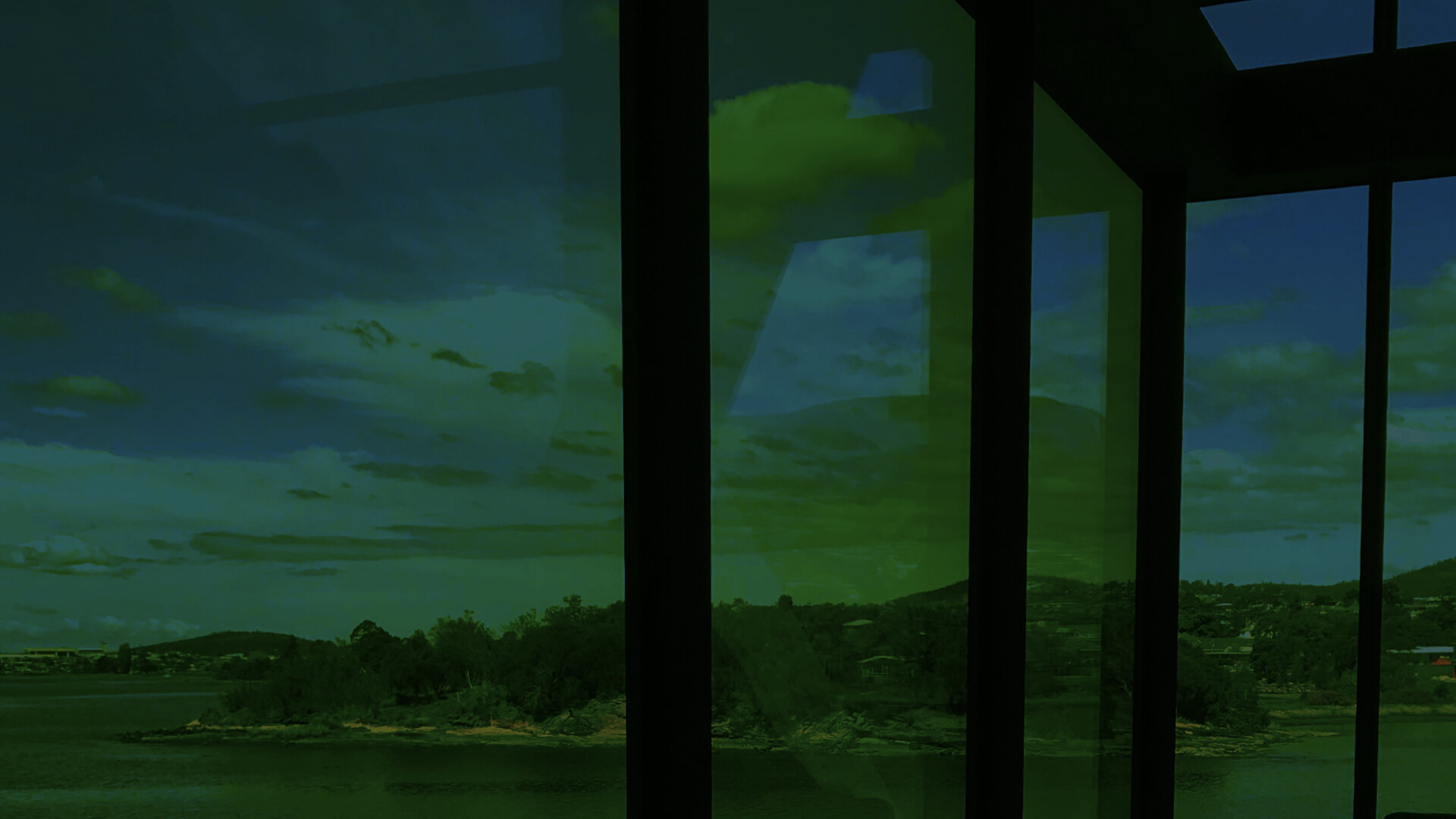
Environment
Creative makers need to feel situated in the place they are expected to work, able to think and make without discomfort.

Whether they work from home or in an office, it is particularly important for creative makers to feel as though their physical environment enables them.
Some of the most illuminating insights from the study focus on the prevalence of neurodivergence within the creative-making community. By neurodivergence, we mean people with varying degrees of clinically diagnosed autism, ADHD, dyslexia, dyspraxia and dysnomia in addition to others, all of which are common in people with advanced mathematical, linguistic and creative abilities. We would recommend that all employers consult specialists to find out more about neurodivergence in the workplace.
This is particularly important to the environment pillar because if there are sensory distractions and interruptions or interpersonal stresses within a particular environment, it not only prevents neurodiverse people from being able to do their work, it can also be hugely damaging to their mental wellbeing.
The pandemic has demonstrated that creative makers can effectively work from many environments while hitting reasonable deadlines and do their ‘life admin’ during the day. Some also value in-person work more as they were deprived of it for so long. The onus is now on employers to accommodate these needs, allowing for more autonomy and demonstrating more trust in their people.
Key questions
Is your work-from-home and working hours policy truly inclusive?
Does your workplace approach accomodate the needs of a diverse cohort of talent, including neurodiverse people, people with varied disabilities and parents of young children?
Are your workspaces designed around creative-making?
Do you have both quiet and loud (co-creation) spaces for the varied cognitive needs of creative makers? Do you have the spaces, equipment or expert-grade technology needed to support creative-making processes?
Do you trust your teams to make their own decisions?
Do you enable teams to choose where they work from and when, based on the requirements of the work?

“I believe that the freedom that comes with being able to work from anywhere is the the best way to foster creativity. Whether it's home or in a different city in a different country, or a co-working space, the possibilities are endless. If organisations tie their people to a physical space it comes with a lot more challenges.”
— Engineer, Australia
